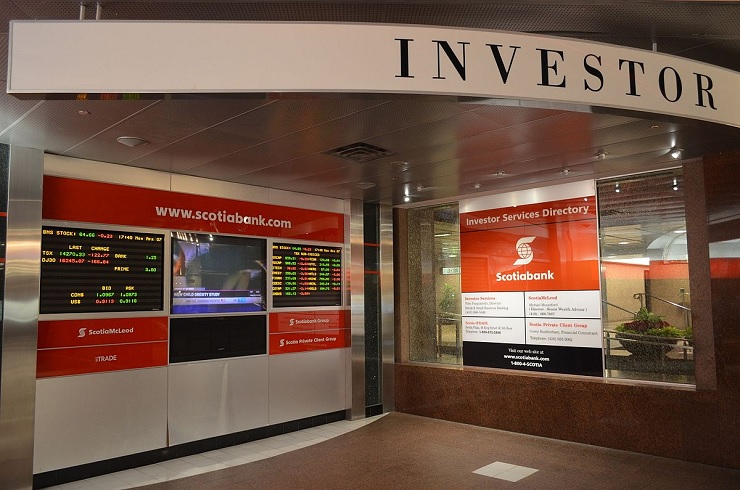All eyes are on next week’s FOMC meeting and investors will be keenly watching the S&P 500, which is about 100 basis points under the previous all-time high. Historically, September has been a challenging month for equities, often marked by increased volatility and negative returns. However, current market dynamics suggest that despite this seasonal headwind, the stock market could be poised for new all-time highs. Let’s delve into the factors at play.
The September Effect
The “September Effect” is a well-documented phenomenon in the stock market. Over the past 50 years, September has been the worst-performing month for the S&P 500, with an average decline of 0.5%. Several theories attempt to explain this trend:
- Portfolio rebalancing: Many mutual funds have fiscal years ending in September, potentially leading to selling pressure as fund managers rebalance portfolios.
- Tax-loss harvesting: Investors may sell losing positions to offset capital gains taxes before year-end.
- Vacation season ending: As traders return from summer vacations, they may reassess their positions and make adjustments, often leading to increased selling.
- Seasonal behavioral bias: The back-to-school season and end of summer may contribute to a more pessimistic outlook among investors.
While historical patterns are worth noting, it’s crucial to remember that past performance doesn’t guarantee future results, especially given the unique current market conditions. Typically, the second half of September is when bearish seasonality really kicks in and the final week of the month has been the worst performing week in the worst month of the year. The S&P 500 has fallen -2.3% on average in September over the last 10 years, marking the only month with negative returns.
This chart illustrates the average performance of the S&P 500 for each month, based on historical data. Here are some key observations:
| Month | Performance |
|---|---|
| Jan | 1.17% |
| Feb | 0.01% |
| Mar | 0.62% |
| Apr | 1.45% |
| May | 0.09% |
| Jun | 0.02% |
| Jul | 1.39% |
| Aug | -0.15% |
| Sep | -0.56% |
| Oct | 0.53% |
| Nov | 1.35% |
| Dec | 1.41% |
Key Observations:
- September Slump: Confirming the “September Effect”, we see that September has indeed been the worst-performing month on average, with a negative return of -0.56%.
- Strong Start and Finish: The market tends to perform well in January (1.17% average return) and has a strong finish in the last quarter, particularly in December (1.41% average return).
- Spring Rally: April stands out as the best-performing month, with an average return of 1.45%.
- Summer Volatility: The summer months (May-August) show mixed performance, with July being a notable exception (1.39% average return).
- Positive Bias: Despite the September dip, 9 out of 12 months show positive average returns, underlining the long-term upward bias of the stock market.
Bullish Factors for S&P 500
September has delivered negative returns in each of the past four years, but 2024 looks like it could be different. Despite the seasonal headwinds, several factors support the case for SPY reaching new all-time highs:
- Economic Resilience: The U.S. economy has shown remarkable strength, with GDP growth surpassing expectations and unemployment rates remaining low.
- Corporate Earnings: Many companies have reported better-than-expected earnings, demonstrating their ability to navigate challenges such as inflation and supply chain disruptions.
- Technological Advancements: The AI boom and continued innovation in sectors like clean energy and biotechnology are driving growth and investor optimism.
- Don’t Fight The Fed: The Fed has adopted a more dovish tone since the Jackson Hole symposium, signaling a potential end to the rate hike cycle. This shift in stance has bolstered market optimism.
- Rate Cut Expectations: As of September 14, the market is pricing in more aggressive rate cuts. Futures markets are reflecting a 50% chance of a 50 basis point cut, which could provide significant support for equity valuations.
- Investor Sentiment: Despite the stock market nearing all-time highs, investor sentiment remains surprisingly neutral. This suggests there’s still potential for further upside as sentiment improves and more investors potentially enter the market.
The Fed’s Dovish Turn and Market Implications
The Federal Reserve’s more dovish tone since the Jackson Hole symposium marks a significant shift in the monetary policy landscape. Since Jerome Powell boldly announced that “the time has come” to cut interest rates, the Fed’s change in stance has had several implications:
- Increased Market Optimism: The possibility of an end to rate hikes and potential future cuts has boosted investor confidence, supporting higher equity valuations.
- Lower Borrowing Costs: If rate cuts materialize, they could lead to lower borrowing costs for businesses and consumers, potentially stimulating economic activity and corporate profits.
- Currency Effects: Expectations of rate cuts could lead to a weaker dollar, which may benefit U.S. multinational corporations by making their exports more competitive.
- Sector Rotation: Anticipation of a more accommodative monetary policy could drive rotation into sectors that typically benefit from lower interest rates, such as real estate, utilities, and small caps.
Neutral Investor Sentiment: A Contrarian Indicator?
With September seasonality keeping most market participants cautious, investor sentiment remains stuck in neutral despite the market approaching all-time highs. This phenomenon could be interpreted as a contrarian indicator for several reasons:
Room for Optimism: As more investors become convinced of the market’s strength, there’s potential for increased buying pressure, driving prices higher.
Cash on Sidelines: Neutral sentiment suggests there’s still significant cash on the sidelines that could flow into equities if positive momentum continues.
Gradual Buying: A steady, measured approach to market participation could lead to a more sustainable rally compared to overly exuberant buying.
Potential for Positive Surprises: With expectations tempered, positive economic data or corporate results could have an outsized impact on market performance.
Conclusion
The confluence of a more dovish Fed, rate cut expectations, and neutral investor sentiment despite approaching all-time highs creates a unique market environment. While September’s historical bearishness cannot be ignored, these factors present a compelling case for SPY to potentially reach new all-time highs. The market’s pricing of potential rate cuts and the Fed’s dovish turn since Jackson Hole significantly alter the landscape, potentially overriding seasonal weakness. However, investors should remain aware of the disconnect between market expectations and potential Fed actions, as any divergence could introduce volatility.





